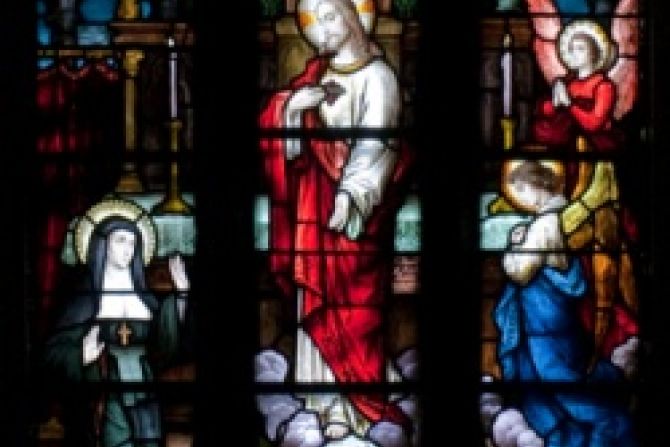Vatican City, May 24, 2012 / 11:13 am
The Vatican's Congregation for the Doctrine of the Faith has published guidelines to help the Church worldwide handle claims of private revelations and apparitions.
In his preface to the new publication, prefect Cardinal William J. Levada voiced his “firm hope” that the norms will aid Church leaders “in their difficult task” of discerning apparitions, revelations and “extraordinary phenomena of presumed supernatural origin.”
The norms were drawn-up for internal use in 1978 under Pope Paul VI, and, until now, have never been officially published or translated from Latin.
Yet with many unofficial versions in circulation, however, Cardinal Levada said he believed that “now opportune to publish these Norms, providing translations in the principle languages.”
The decision to publish the guidelines comes as a special commission established by the Congregation for the Doctrine of the Faith moves into its third year investigating alleged apparitions by Our Lady in the town of Medjugorje in Bosnia-Herzegovina.
Since 1981, it has become a popular site of pilgrimage due to reports of apparitions of the Virgin Mary to six local Catholics.
The committee of bishops, theologians and other experts was convened in March 2010 at the request of Medjugorje’s local bishop and under the chairmanship of the former Vicar General of the Diocese of Rome, Cardinal Camillo Ruini.
The newly published guidelines set out a three-stage process by which a legitimate church authority can come to a decision regarding claims of apparitions or revelations.
First, the claim should be initially judged “according to positive and negative criteria.” This investigation can include an assessment of the “personal qualities” of any alleged seers as to their “psychological equilibrium, honesty and rectitude of moral life, sincerity and habitual docility towards ecclesiastical authority, the capacity to return to a normal regimen of a life of faith, etc.”
Any potentially authentic revelation must also be of “true theological and spiritual doctrine and immune from error,” and should be producing a “healthy devotion and abundant and constant spiritual fruit” such as a “spirit of prayer, conversion, testimonies of charity, etc.”
Second, if the local church authorities come to a favorable initial conclusion they can permit some form of public devotion while continuing “overseeing this with great prudence.”
Third, a final judgment can then be passed “in light of time passed and of experience” with special regard to “the fecundity of spiritual fruit generated from this new devotion.”
Cardinal Levada made clear in his preface to the guidelines that, unlike public revelation, Catholics are not bound to accept the veracity or content of any private revelation, not even those officially approved by church authorities.
Ecclesiastical approval “essentially means that its message contains nothing contrary to faith and morals.” He added, however, that private revelations can have a “certain prophetic character” and can also “introduce new emphases, give rise to new forms of piety, or deepen older ones.”


